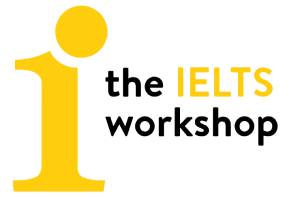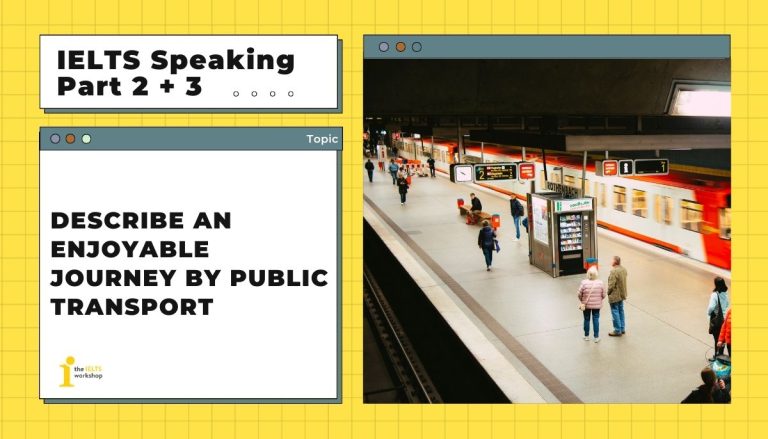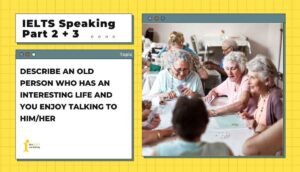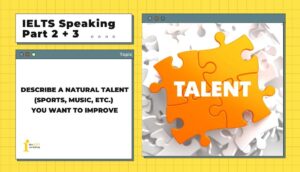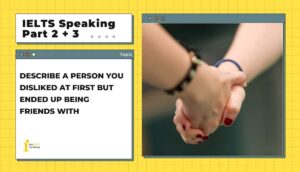Cùng The IELTS Workshop tham khảo cách giải đề IELTS Speaking Part 2 với chủ đề: “Describe an enjoyable journey by public transport” qua bài mẫu của thầy Thế Hào. Cùng tham khảo sample, từ vựng và một vài cách diễn đạt ghi điểm trong phần thi IELTS Speaking nhé.
Part 2: Describe an enjoyable journey by public transport
Describe an enjoyable journey by public transport
You should say:
Where you went
Who you were with
What you did
And how you felt about it.
Dưới đây là bài mẫu cho topic “Describe an enjoyable journey by public transport“.
1. Bài mẫu (Sample)
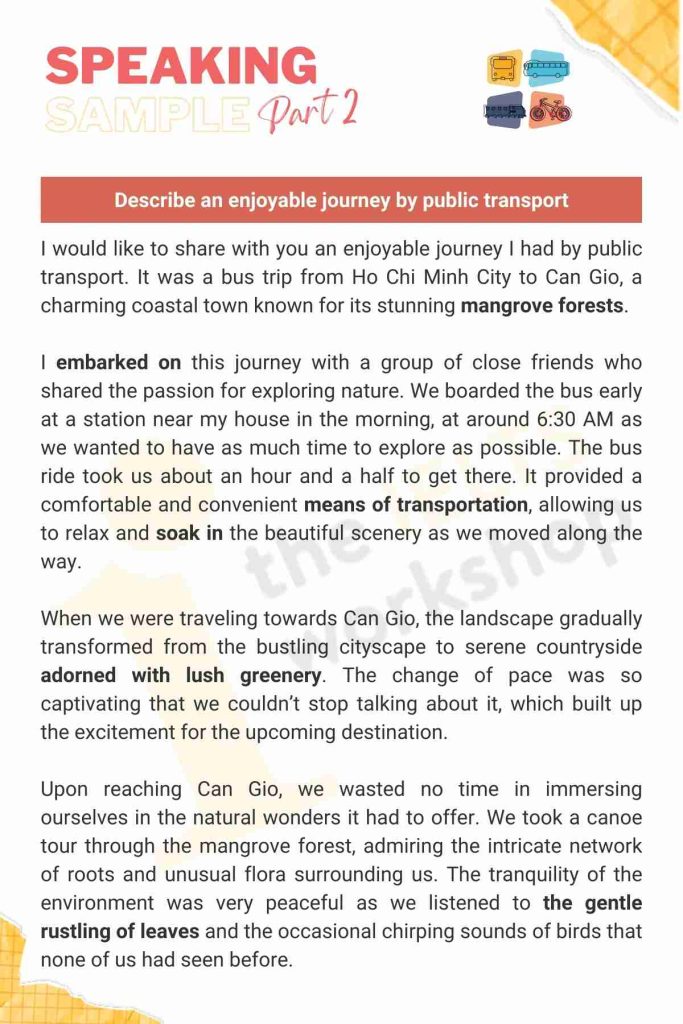
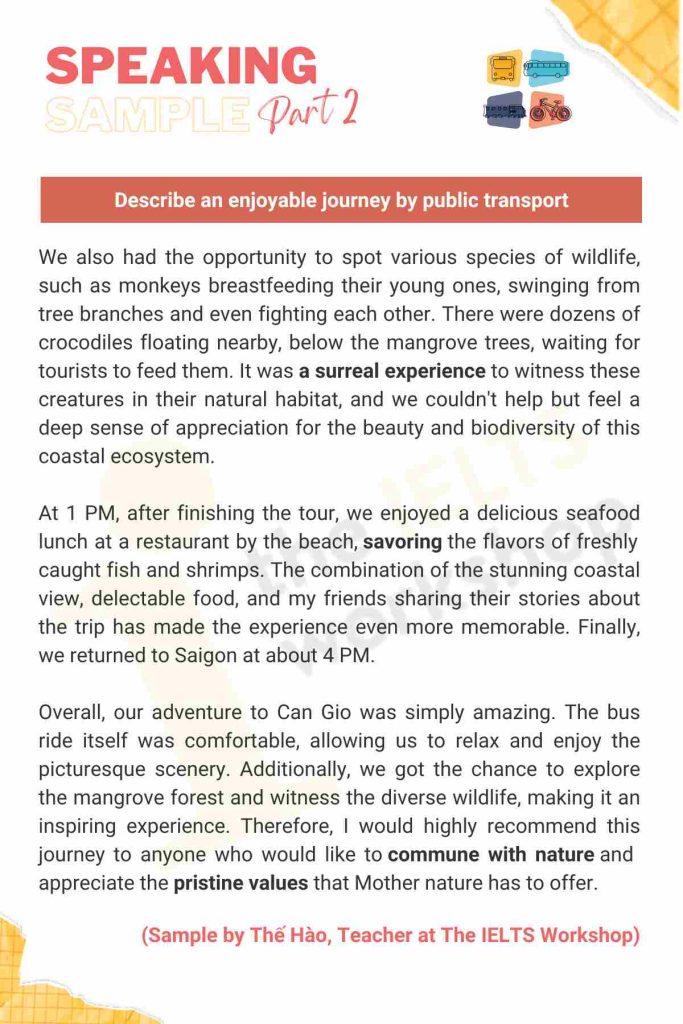
2. Từ vựng (Vocabulary)
- mangrove forests: rừng ngập mặn
- embarked on: bắt đầu (cuộc hành trình)
- means of transportation: phương tiện vận chuyển
- soak in: đắm mình vào
- adorned with lush greenery: được tô điểm bởi những hàng cây xanh ngát
- the gentle rustling of leaves: tiếng lá xào xạc nhẹ nhàng
- a surreal experience: một trải nghiệm phi thực
- savor (v): thưởng thức
- commune with nature: hoà mình với thiên nhiên
- pristine values: những giá trị ban sơ
Part 3:
Bên cạnh Part 2, bạn hãy tham khảo thêm Part 3 cho chủ đề này nhé
- Why do people choose to travel by public transport?
- Why do more and more people like to travel by plane?
- Do you think offering free public transport will solve traffic problems in the city?
- What are the disadvantages of traveling by public transport?
- What do you think are the cheapest and most expensive means of transport?
- What are the difficulties that commuters face during rush hours?
1. Why do people choose to travel by public transport?
I think that people decide to travel using public transport like buses or trains for several reasons. First, it offers a cost-effective option compared to private transportation. Public transport fares are generally lower than the expenses associated with owning and maintaining a private vehicle like cars or motorbikes. This affordability makes it an attractive choice, especially for individuals on a tight budget or those who prefer to invest their time and money in other aspects of their lives, such as education, housing, or entertainment.
Second, public transport provides convenience and accessibility. In urban areas, where traffic congestion is common, public transport can be a time-saving alternative. Buses, trains, and ferries often have dedicated lanes or routes, allowing them to navigate through congested areas more efficiently. Additionally, public transport networks are designed to connect various parts of a city or region, making it easier for people to reach their desired destinations without the hassle of finding parking spaces or dealing with traffic.
- A cost-effective option: một lựa chọn tiết kiệm
- Fares (n): giá vé
- Affordability: sự phải chăng về giá cả
- tight budget: hầu bao eo hẹp
- the hassle: sự rắc rối
2. Why do more and more people like to travel by plane?
As far as I know, there are several reasons why there is an increasing number of people who prefer to travel by plane. The first reason is that air travel offers unparalleled speed and efficiency. Compared to other modes of transportation, such as trains or buses, planes can cover long distances in significantly less time.
For example, imagine someone who lives in Saigon and wants to visit Danang. Traveling by plane can reduce the journey time to just a few hours, whereas alternative modes of transport, such as a motorbike, would take a whole day. The time saved by flying allows individuals to make the most of their trips and optimize their schedules.
Furthermore, the growth of the airline industry has led to increased competition and reduced airfares. This has made flying more affordable and accessible to a broader range of people. The availability of low-cost carriers like Vietjet and Bamboo with their discounting programs has allowed individuals from various socioeconomic backgrounds to experience the benefits of flying.
- unparalleled speed: tốc độ không gì sánh bằng
- to make the most of: tận dụng tối đa cho việc gì đó
- socioeconomic backgrounds: lai lịch về kinh tế xã hội
3. Do you think offering free public transport will solve traffic problems in the City?
Interesting! I am no expert, but I would say that free public transport has the potential to mitigate traffic problems in urban areas, but it may not be a comprehensive solution on its own.
If public transport becomes free, it could potentially incentivize car or motorbike owners to switch to buses or metros instead. This change would help decrease traffic congestion, as fewer cars would be competing for road space during peak hours.
Furthermore, free public transport could contribute to a decrease in carbon emissions and improve air quality, resulting in environmental benefits for the city and its residents.
However, introducing free public transport requires careful consideration of its financial implications. Free services would require significant funding from alternative sources, such as increasing taxes or cutting government subsidies, which I believe is not a good idea. Also, the cost of maintaining and expanding public transport infrastructure to accommodate the new demand should be considered.
- a comprehensive solution: một giải pháp toàn vẹn
- Incentivize (v): khích lệ
- government subsidies: trợ cấp chính phủ
- public transport infrastructure: cơ sở hạ tầng cho phương tiện công cộng
4. What are the disadvantages of traveling by public transport?
For me, the biggest drawback is the limited flexibility it provides. Public transport operates on fixed schedules and routes, which may not align with the specific needs and preferences of different individuals. For instance, someone with a tight schedule or urgent commitments may find it challenging to follow the given departure and arrival times of buses or trains. Moreover, public transport may not directly serve certain remote or less-populated areas, making it inconvenient for residents who rely on these services for their daily commute. Another disadvantage of public transport is the issue of overcrowding. During peak hours, buses, trains, or ferries can become extremely crowded, resulting in a lack of personal space for passengers and may lead to difficulties in finding seats or potential delays.
- align with: theo sát với
- urgent commitments: việc gấp rút
- Overcrowding (n): việc đông đúc người quá mức
5. What do you think are the cheapest and most expensive means of transport?
Well, generally speaking, walking and cycling can be considered the most cost-effective modes of transportation. They require no additional expenses beyond the initial investment in a bicycle, and walking is essentially free. They are particularly economical for short distances or within local neighborhoods.
On the other hand, I believe that air travel is probably the most expensive one, especially for long distances or international flights. The price of tickets can vary greatly depending on factors such as the destination, time of booking, airline, and class of travel. While there are budget airlines and discounted fares available, air travel expenses are still relatively higher compared to other modes of transportation.
- Expenses (n): chi phí
- Economical (adj): tiết kiệm
6. What are the difficulties that commuters face during rush hours?
A lot, I would say. However, these difficulties can be characterized by traffic congestion and overcrowding. As for the former, the large volume of vehicles on the road during peak hours will lead to slow-moving traffic or even complete blockage. This congestion not only extends travel times but also creates a stressful and frustrating environment for commuters. They may find themselves spending a significant amount of time just for waiting, resulting in delays to their work schedules. Regarding the latter, it is common that public transport vehicles can become packed with passengers, causing limited seating and room for standing. This lack of personal space can cause discomfort and inconvenience, especially for individuals with physical limitations or those carrying heavy bags or equipments.
- As for the former: đối với điều đầu tiên
- Regarding the latter: nhắc đến điều còn lại
- Packed (adj): đông nghẹt
Bài mẫu bởi thầy Thế Hào – Giáo viên The IELTS Workshop
Các bạn có thể tham khảo các bài mẫu IELTS Speaking Part 2 của The IELTS Workshop cũng như tham gia bài test trình độ tiếng Anh và nhận tư vấn lộ trình miễn phí tại đây!
Nếu bạn muốn nhận Mentor 1-1 để hoàn thiện kĩ năng Speaking của mình trước khi bước vào kỳ thi, tham khảo ngay Khóa bổ trợ từng kỹ năng IELTS của The IELTS Workshop.

